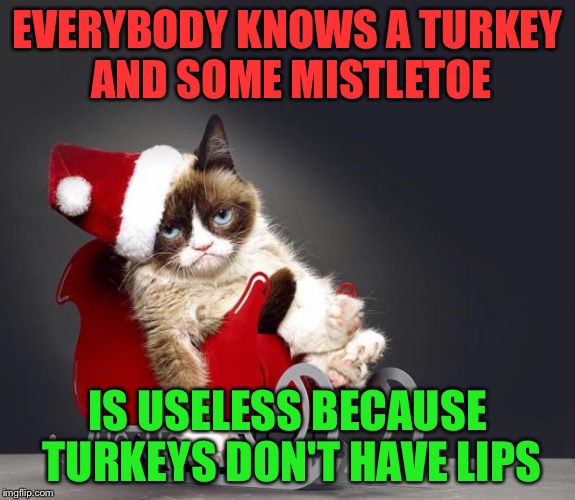The holiday season is a magical time filled with beloved traditions, including festive decorations that adorn homes, offices, and public spaces. Two iconic decor elements are the turkey and mistletoe. These traditional symbols have a long and fascinating history behind their association with the winter holidays.
The Turkey Takes Center Stage
Of all the holiday food traditions, the turkey is one of the most iconic. Today, it’s hard to imagine a Christmas dinner without a roasted turkey as the main dish. But how did this bird become the centerpiece of holiday meals?
Turkeys are native to North America Indigenous peoples domesticated turkeys over 2000 years ago. When European explorers first arrived in the Americas in the 16th century, they discovered (and ate) this new bird Soon after, turkeys were exported back to Europe.
The turkey’s association with holiday feasts has roots in Victorian England. As early as the 16th century, goose or boar’s head were the preferred Christmas dinner centerpieces. But in the 19th century, a few factors led to the turkey’s rise in popularity. First, goose became scarce and expensive. Second, advances in farming made turkey more plentiful and affordable. And third, Queen Victoria made eating turkey on Christmas fashionable among the elite.
The turkey trend crossed the Atlantic to America, where Thanksgiving reinforced its status as the quintessential holiday meat. Today, about 40 million turkeys are eaten on Thanksgiving in the U.S. alone.
Mistletoe Myths and Meaning
Another plant that’s intrinsic to the winter holidays is mistletoe. Its roots as a holiday symbol run deep. Mistletoe is an evergreen parasitic plant that grows on trees. It was revered by ancient cultures, including the Celtic Druids and Norse mythology.
The Druids considered mistletoe sacred believing it had mystical life-giving powers. Druids would cut mistletoe clumps from oak trees with golden sickles during winter solstice rituals. They thought mistletoe could bestow fertility protect against poison, and ward off evil spirits.
In Norse mythos, the god Baldur was killed by an arrow made of mistletoe. After his resurrection, the gods were so overjoyed that Frigga, the goddess of love, declared mistletoe a symbol of love. This planted the seeds for its romantic associations.
As Christianity spread in Europe, some pagan customs were absorbed into Christmas traditions. The practice of kissing under sprigs of mistletoe seems to blend its roles in pagan rituals with the spirit of Christmas romance.
The tradition of smooching under mistletoe came about in 18th century England. It was also believed to enhance fertility and lead to marital happiness. The custom spread to America and became firmly cemented in culture.
Deck the Halls
What inspired these plants to become such prevalent holiday motifs? Much of their symbolism stems from the fact that they remain green in winter. Ancient peoples saw evergreens as magical because they did not “die” like other vegetation. Holly, ivy, fir trees, and mistletoe represented perseverance, renewal, and eternal life.
The turkey and mistletoe are seemingly disparate holiday symbols—one a food, one a plant. But both retain echoes of ancient midwinter festivals. The turkey feast taps into celebrations of abundance amid winter scarcity. Mistletoe represents antiquated notions of vitality, fertility and blessing for the new year.
These symbols speak to the magic, hope and comfort people have always sought during long winters—things we still long for during the holiday season. Though the turkey meal and mistletoe kiss are secular traditions, they perpetuate the feeling of rebirth and flourishing that winter solstice rituals embodied across cultures.
So when you gather around a holiday turkey dinner with sprigs of mistletoe hung overhead, you’re taking part in customs with surprisingly ancient origins. These staples of Christmas cheer tie us to the past and remain vital for spreading the spirit of the season.

Nat King Cole – “The Christmas Song”
FAQ
What is the oldest Christmas hymn?
Who originally recorded the Christmas song?
Who was the original singer of this Christmas?
Who sang the best Christmas song?
